Aquarium Type
- Freshwater or Saltwater: Decide whether you want a freshwater or saltwater aquarium. Freshwater tanks tend to be simpler for beginners, while saltwater tanks offer more vibrant marine life but require more maintenance.
Aquarium Equipment
- Filtration System: Choose an efficient filter that matches the tank’s volume, such as a canister or hang-on-back (HOB) filter. A filter with 3-stage filtration (mechanical, chemical, biological) is ideal.
- Heater: If you’re keeping tropical fish, a heater will be necessary to maintain a stable temperature, typically between 75-80°F (24-27°C).
- Lighting: LED lights are energy-efficient and help promote plant growth if you’re setting up a planted tank. For saltwater tanks, lighting becomes more crucial for corals and marine life.
- Air Pump: Optional but can help increase oxygen levels in the water.
Aquascaping
- Substrate: Choose a substrate depending on your aquarium type—gravel for freshwater, special marine substrates for saltwater, or fine sand for bottom dwellers.
- Decorations and Plants: You can use rocks, driftwood, and live or artificial plants. For saltwater, live rock can enhance biological filtration.
Fish Stocking
- Freshwater Stocking: For a tank of this size, you can house small to medium-sized fish like tetras, guppies, angelfish, or even cichlids. The general rule is 1 inch of fish per gallon, but this can vary based on species.
- Saltwater Stocking: Marine fish like clownfish, gobies, and small tangs could thrive, though you’ll want to be more careful with stocking levels due to saltwater fish’s bio-load.
Maintenance
- Water Changes: A weekly water change of 10-20% is often recommended to maintain water quality.
- Water Testing: Regularly test for ammonia, nitrites, nitrates, and pH, especially in newly established tanks.
Note: Only Aquarium ( Cabinet has Extra charges)



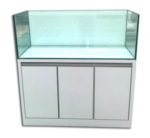
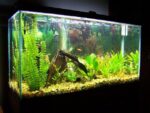
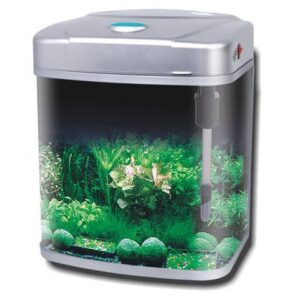
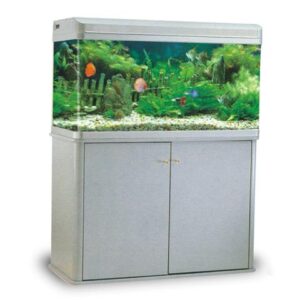
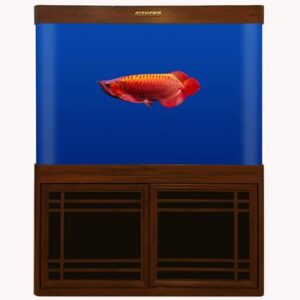
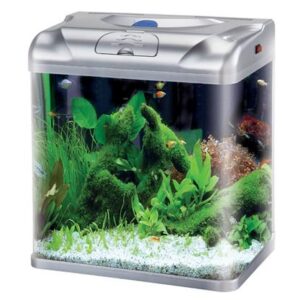
Reviews
There are no reviews yet.